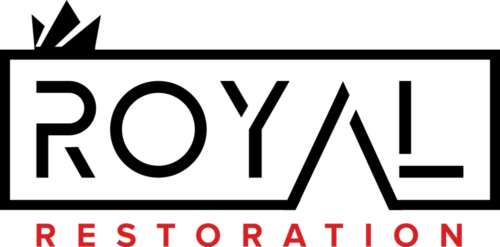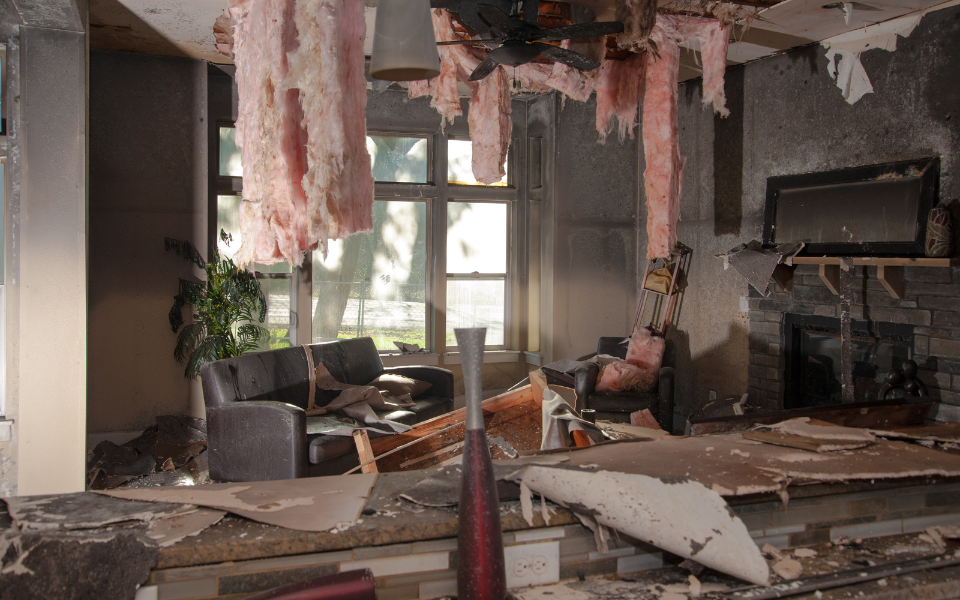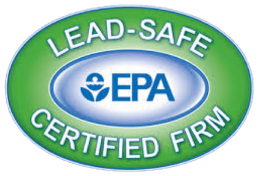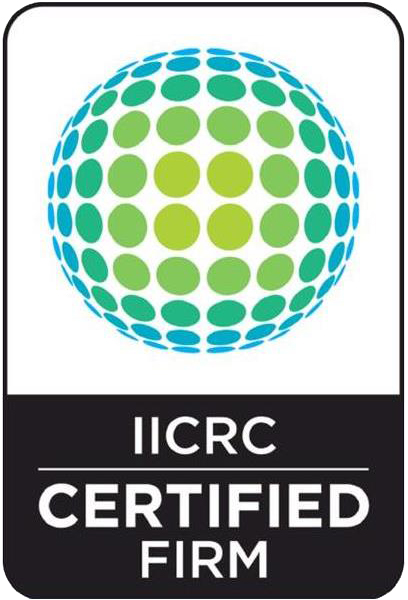Suffering from a fire in your home can be an incredibly traumatic experience. Beyond just the initial damage from the flames, smoke, and water used to extinguish the fire can cause severe issues if not properly addressed. Do you have any idea about the fire damage restoration process? Well, it’s time for you to be familiar with it.
Table of Contents
Fires can start from a wide range of causes – from electrical issues to cooking accidents to arson. According to the National Fire Protection Association (NFPA), U.S. fire departments responded to 1.3 million fires in 2018. These blazes caused over 3,600 civilian deaths and 15,200 civilian injuries.
When a fire strikes your home, the most important thing is getting out safely. But once the fire department has extinguished the fire, the hard work begins. Fire damage can be extremely hazardous if not properly handled. The restoration process involves many steps coordinated between home insurance companies, restoration specialists, and construction crews.
This guide will explain the common phases of fire damage restoration:
P – Planning & Project Management
A – Assessment & Repair
S – Surface Cleaning
Understanding this PAS formula will help you know what to expect after suffering fire damage which could also help you hire the right restoration company. Being informed puts you in a better position to oversee the restoration of your home and belongings.
Planning & Project Management
The first phase focuses on planning the restoration project and coordinating between the various parties involved. Proper planning ensures the subsequent work progresses smoothly.
Initial Response
After the fire department extinguishes the last flames, they begin investigating the fire’s cause. The investigation helps determine if the fire was accidental or arson. Either way, you’ll need to file an insurance claim for the damage.
Many policies provide additional living expense coverage to pay for hotels or short-term rentals while your home is uninhabitable. You may also need advances for clothing and other essentials lost in the fire.
Selecting a Restoration Company
Insurance companies often have preferred restoration contractors they work with regularly. But you can choose your own company as long as they’re properly certified. The Institute of Inspection, Cleaning and Restoration Certification (IICRC) provides training and certification programs for restoration specialists.
Ideally, you want a restoration company with extensive fire damage experience. They should provide complete project management from inspection through rebuilding. This ensures seamless coordination between various subcontractors.
Documenting Damages
The restoration company begins by fully documenting the extent of damage caused by the fire, smoke, and efforts to extinguish it. This includes:
- Photographing all affected areas
- Testing surfaces for structural integrity
- Detecting hidden hot spots that could rekindle
- Identifying sources of water damage from extinguishing efforts
- Testing for the presence of soot and volatile organic compounds (VOCs)
Thorough documentation provides a scope of work for repairs and evidence for insurance claims. It also establishes a pre-restoration benchmark to verify cleaning and repairs return the home to pre-loss condition.
Developing a Scope of Work
With damages fully documented, the restoration company develops a comprehensive scope of work and fire damage restoration cost estimate. This serves as the blueprint for the project and will require approval from your insurance company before proceeding.
The scope of work outlines in detail the necessary steps, including:
- Installation of structural reinforcements like roof tarps
- Water extraction and dehumidification
- Surface cleaning methods
- HVAC cleaning or replacement
- Carpet/flooring replacement
- Drywall removal and installation
- Painting
- Electrical repairs
- Reconstruction of damaged areas
Setting Up Temporary Accommodations
You’ll need temporary accommodations while your home is unlivable during restoration. Your insurance company will pay additional living expenses for hotels, meals, and other costs within policy limits. The restoration company can also set up storage pods to keep any undamaged personal belongings protected offsite.
With planning complete, work moves on to the extensive assessment and repair phase.
Assessment & Repair
This phase involves a detailed inspection of fire and water damage and taking necessary steps to repair the structure for rebuilding.
Structural Evaluation
Structural engineers evaluate areas like the roof, floors, and walls for damage that could undermine structural integrity. Thermal imaging identifies hidden hot spots that need extinguishing. Load-bearing walls may need shoring up to stabilize the structure.
If the damage is too severe, the entire building may need demolition. Your restoration contractor can manage this process and proper disposal of hazardous waste. They can also coordinate with architects and builders to reconstruct a new home if needed.
Water Extraction & Dehumidification
Extinguishing the fire requires massive amounts of water, which can cause severe damage. Drying begins by pumping out standing water. Truck-mounted vacuum units then extract water trapped in carpets and mattresses.
The restoration team tracks moisture content and uses commercial dehumidifiers and air scrubbers to control humidity. They may also inject concrete floors with holes to dry out the slab foundation. Proper drying inhibits mold growth.
Cleaning Smoke & Soot Damage
Smoke damage requires extensive cleaning to remove potentially hazardous soot and ash. However, the cleaning products used must be residue-free to avoid secondary damage. Restoration specialists use water, soft detergents, and hospital-grade HEPA vacuums for initial surface cleaning.
For deeper cleaning, they use special formulations designed to penetrate and emulsify soot to safely lift it from surfaces. Cleaning is important not only for appearance but for health – soot and ash contain many hazardous contaminants. The cleaning and restoration process removes these and helps return a safe, healthy home.
With demolition, drying, and surface cleaning complete, rebuilding of the structure begins.
Surface Cleaning
Thorough cleaning and sanitizing of surfaces follows repairs to fully restore belongings and surfaces. The goal is to eliminate smoke odors and hazardous contaminants.
Contents Restoration
Your contents like furniture and clothing will require specialized cleaning and deodorizing. For extremely valuable items, the restoration company may involve professional art restorers. They use techniques like vacuum freeze drying to carefully clean sensitive belongings without damage.
For cleaning the quantity of contents, companies may set up an onsite cleaning factory. This allows efficient cleaning and sanitizing of a high volume of items to get your home fully restored.
Surface Cleaning & Painting
All interior surfaces including drywall, trim, ceilings, and exposed framing get cleaned with detergents, steam, and abrasive scrubbing. Air ducts and vents also require deep cleaning before air circulation resumes. Fresh seals prevent soot re-entry.
Priming and painting follow to give all surfaces a clean, fresh look. Your restoration company can match existing paint colors and finishes. Exterior painting also helps restore curb appeal.
Environmental Testing & Odor Control
To verify surfaces are safe for re-occupancy, restoration companies test for particulate matter and harmful VOCs. Ozone generators help eliminate lingering odors from smoke.
Professionals continue testing and cleaning until all health standards are met. This provides peace of mind that your home is safe and habitable once again.
With the PAS process complete, your home is now restored for you to move back in. While it will never be the same, the restoration process helps recreate as much of the pre-loss condition as possible. And your home is now safer thanks to any upgraded wiring, roofing, and modernized materials used during rebuilding.
Conclusion
Suffering a fire in your home is incredibly stressful. While the flames eventually extinguish, the damage remains – threatening your health, home value, and peace of mind. Understanding the comprehensive PAS fire damage restoration process helps you know what to expect in the days, weeks, and months after a fire emergency.
Selecting a certified restoration company with fire damage expertise is key. Their experience managing the many moving parts ensures your home is restored properly for safe re-occupancy.
While fire damage restoration takes time, your home can return better than ever before. With the right team in place, you can recover from even the most devastating blaze.



